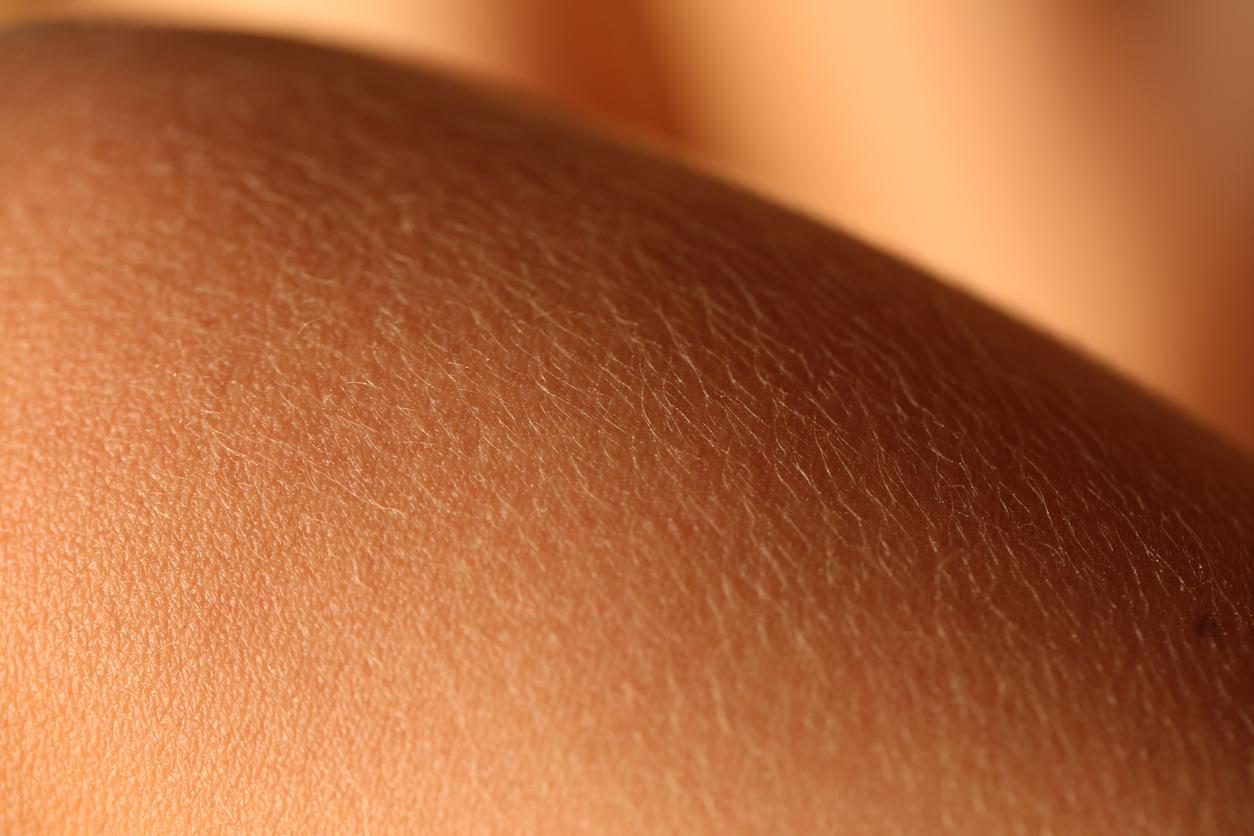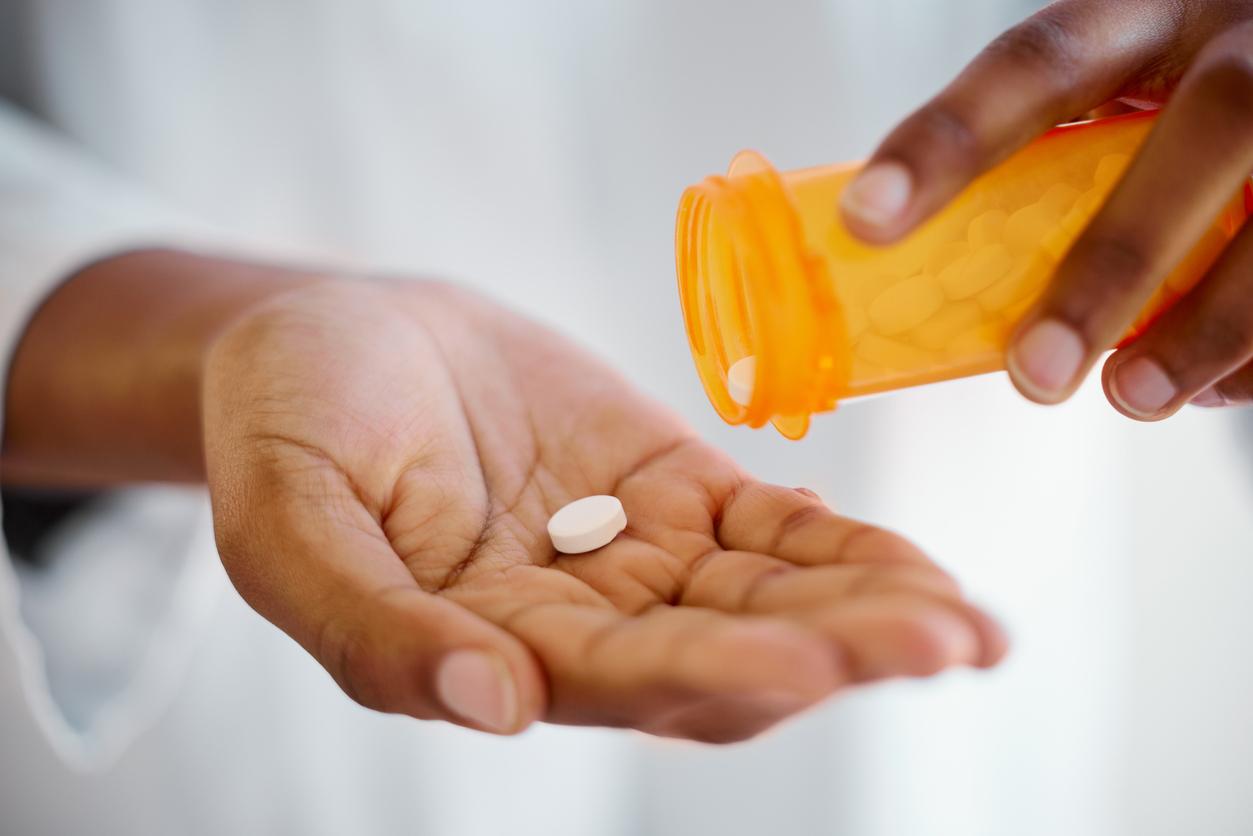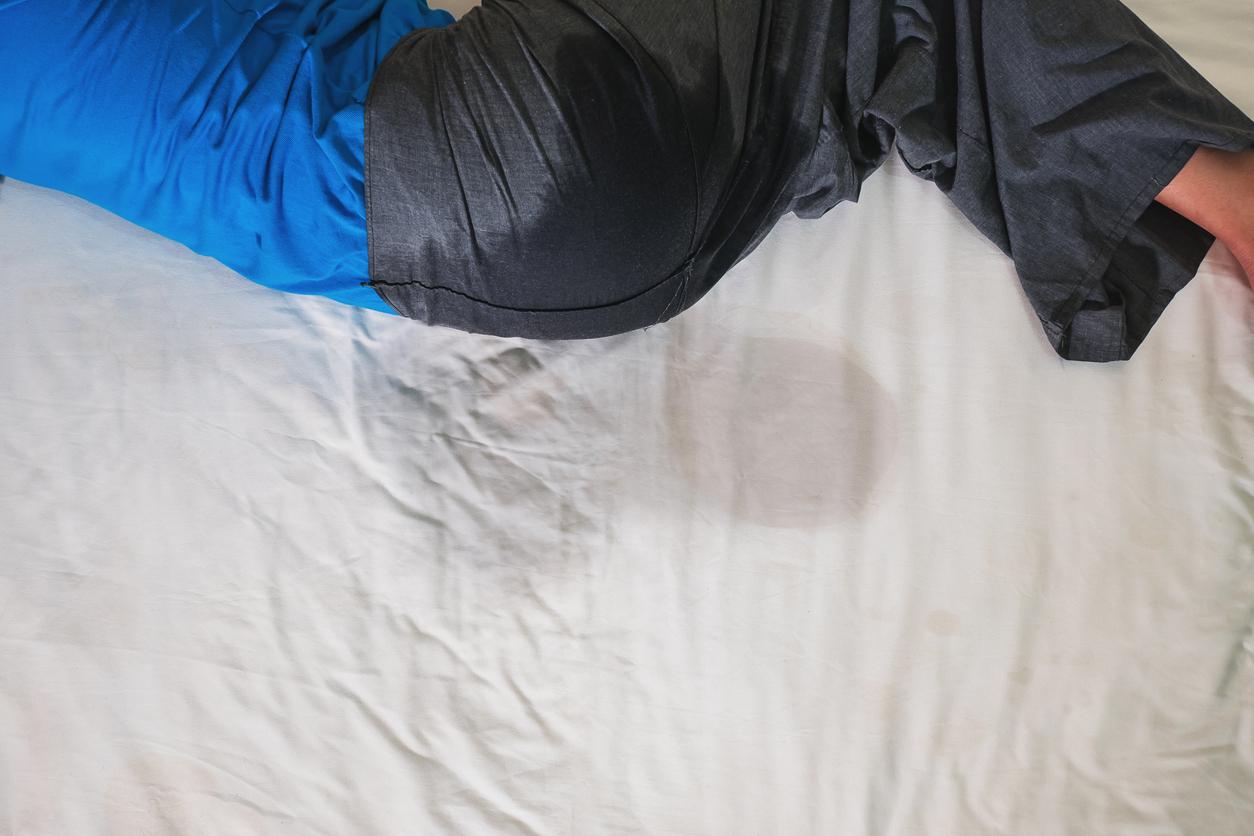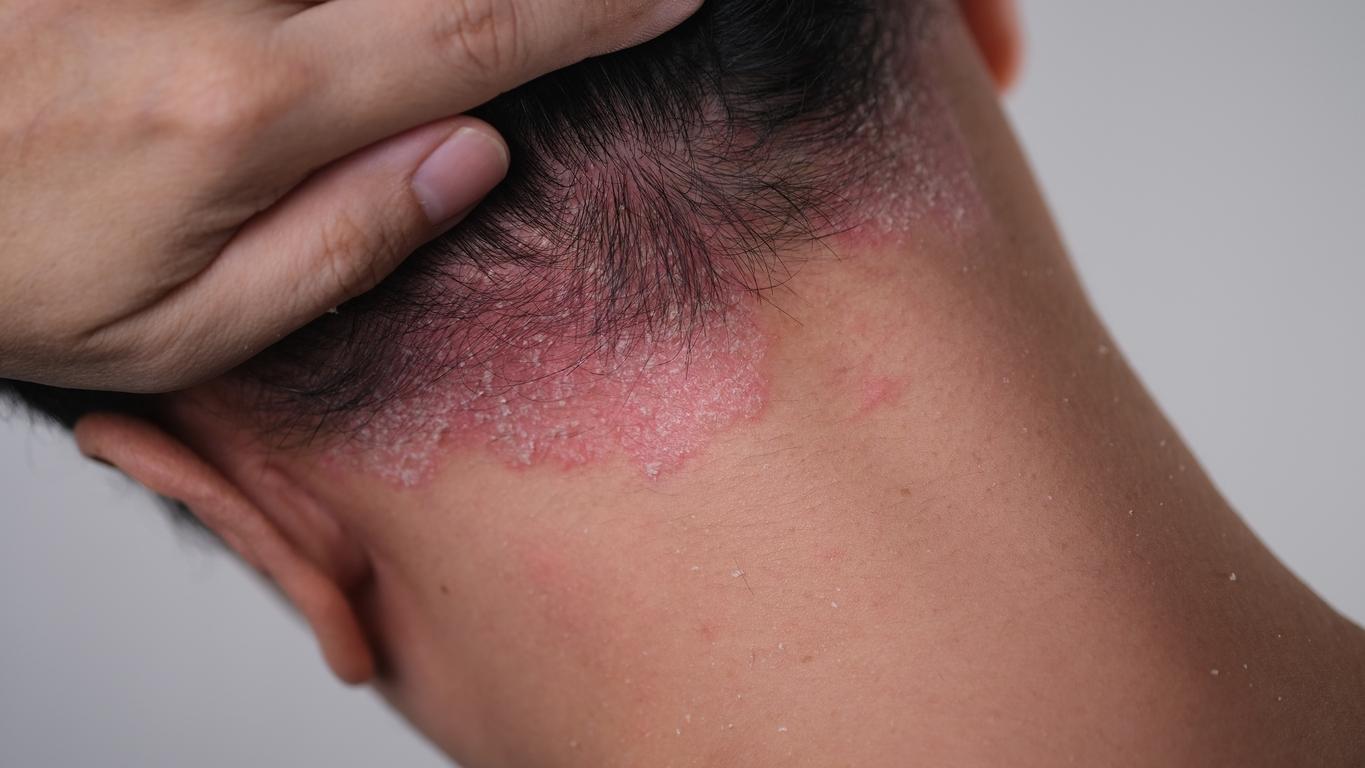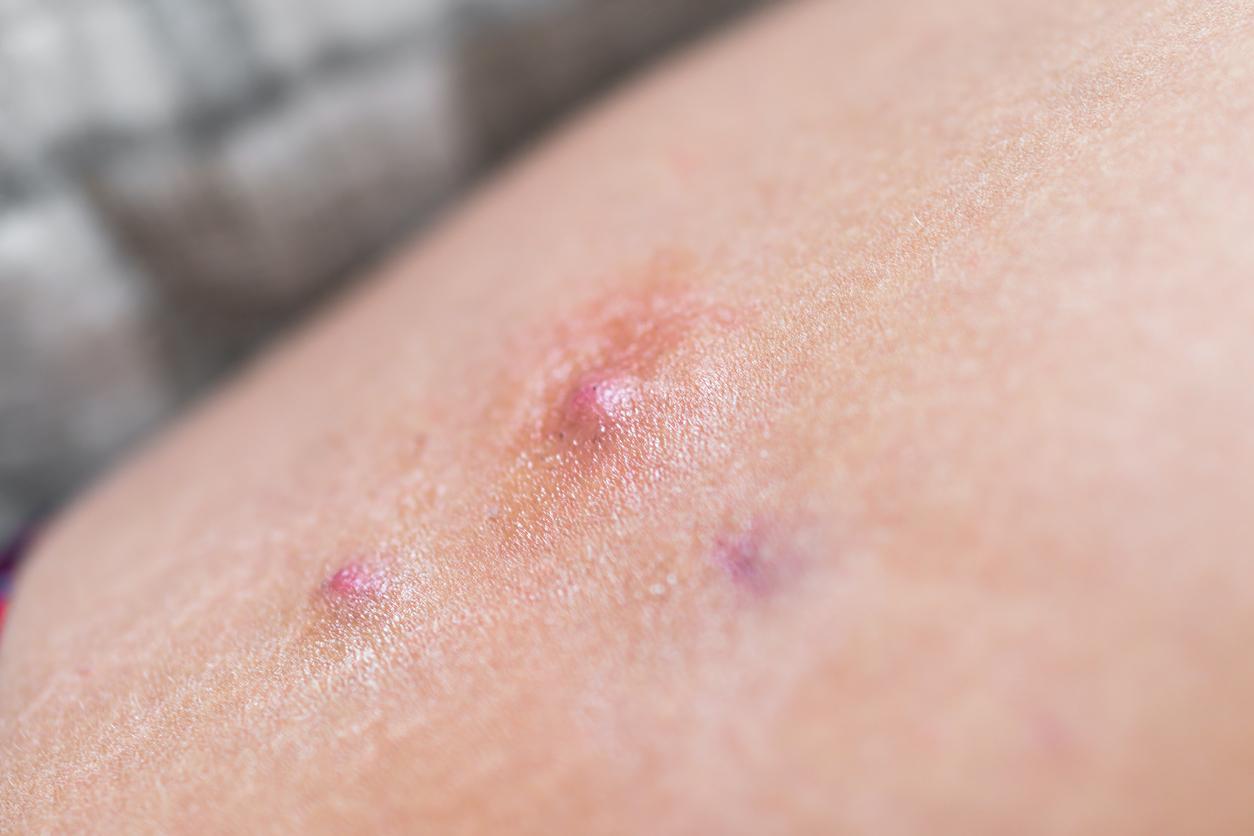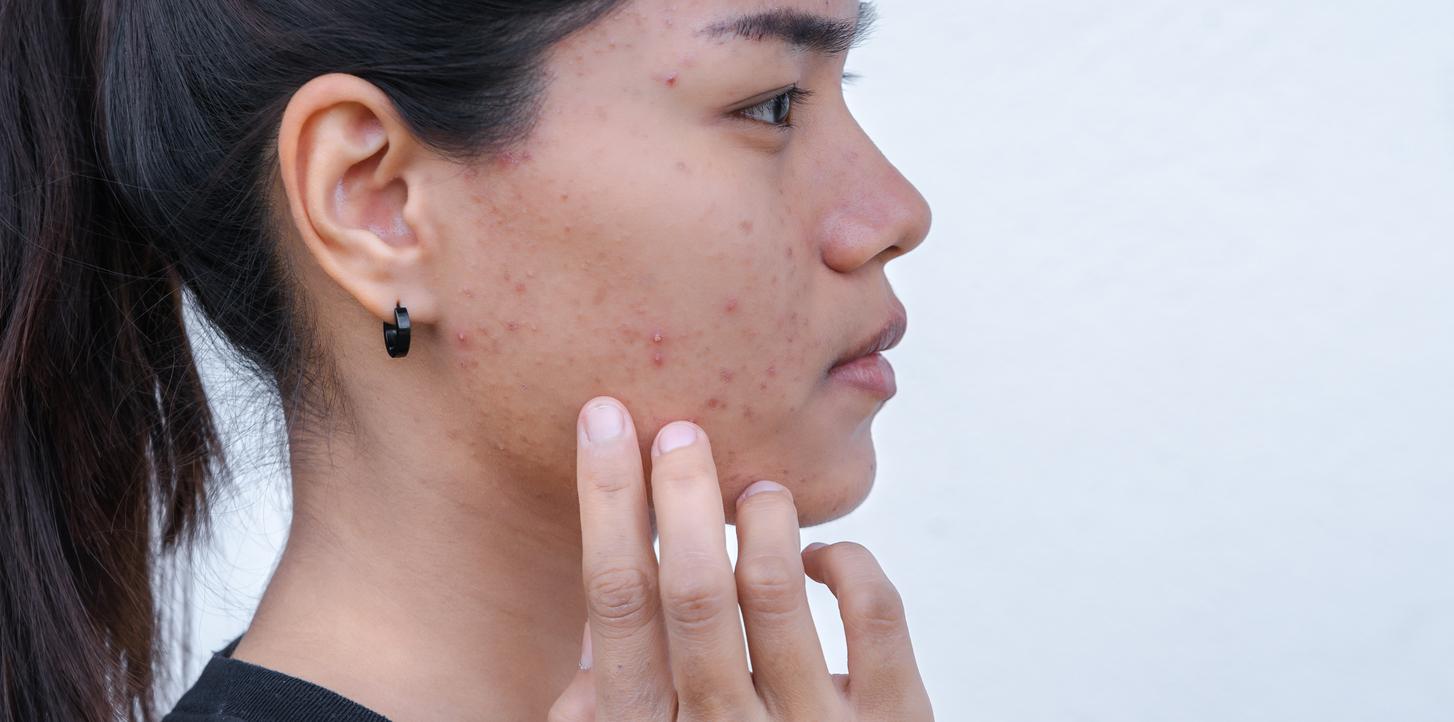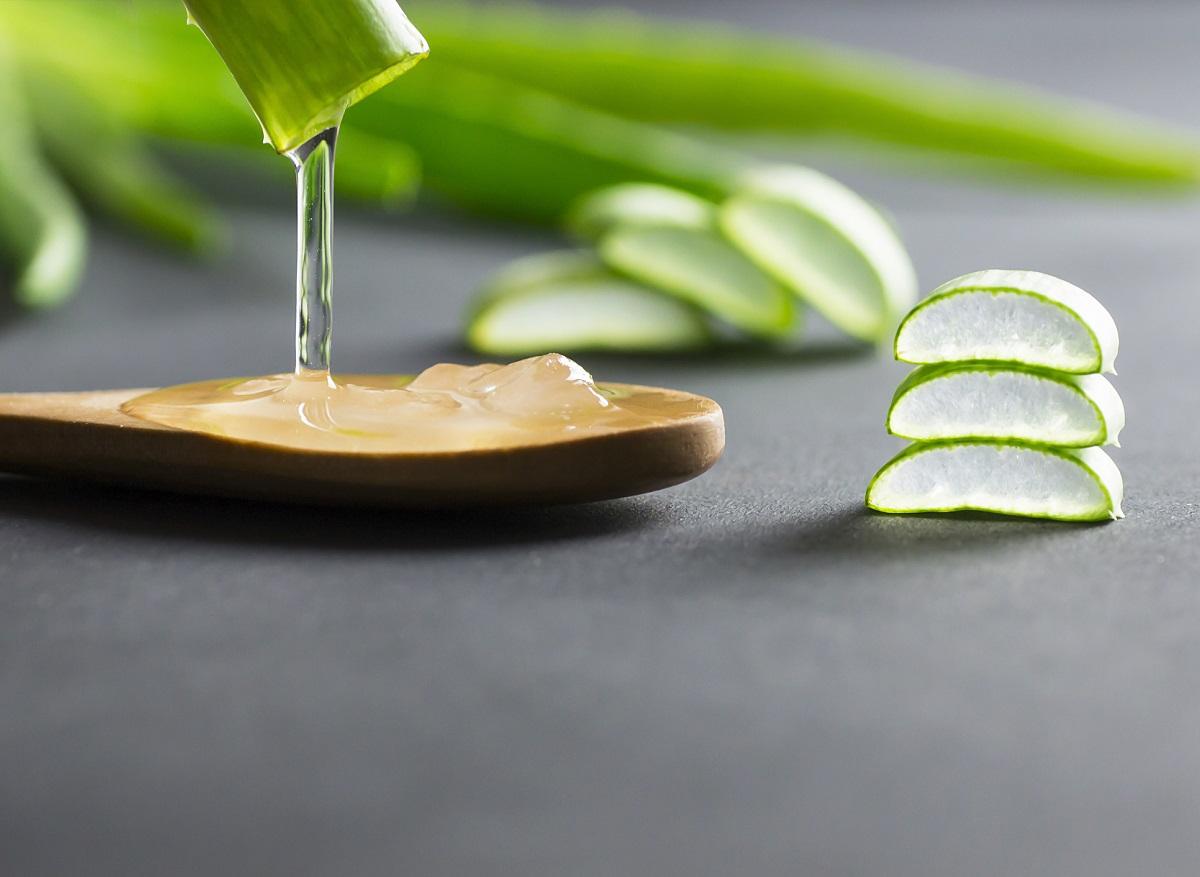
The how and why of extra D and the skin color
People with dark skin are advised to take extra vitamin D daily. Why is this anyway? How much should you take? And is light tinted also dark?
Sunlight is the main source of vitamin D. About two-thirds of the amount of vitamin D you need every day is produced in this way. In principle, fair skin is able to produce large amounts of vitamin D fairly quickly. A tinted or dark skin, however, makes it less (quickly) than a light skin.
Decreased production of vitamin D
Melanin in the skin functions as a natural protection against sunburn, but limits the rate at which vitamin D can be made. When your skin gradually turns brown, it inhibits the production of vitamin D. In people with dark skin, the vitamin D production in the skin functions considerably slower than in people with a white skin.
In a country with little sun, or with a lot of cold so that people wear a lot of clothes, people are therefore more likely to be deficient in vitamin D. In winter (November – March) it is difficult for all skin types to maintain an adequate vitamin D status with the help of sunlight.
What is dark skin?
A tinted or dark skin therefore makes less (fast) vitamin D from sunlight. On the Fitzpatrick scale, this skin type is IV, V, VI. As a rule of thumb you can say that this is a skin that does not burn before tanning. These people are often (partly) of Southern European, Asian, Middle Eastern, Indian, Indonesian or Negroid descent. Supplementation is therefore necessary for them.
How much extra D?
The Health Council advises dark-skinned people (from skin type IV) – including children – to add 400 IU (10 μg) extra vitamin D daily to the diet. Incidentally, they are also advised to take 800 IU (20 μg) extra vitamin D every day after their 70th birthday. The pharmacist can inform you about the most suitable supplement for you.
Sources):










